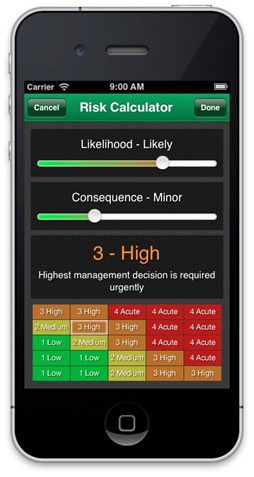The Weekly Times newspaper can feel justifiably chuffed that it has played a significant role in changing some of the attitudes on the safe operation of quad bikes.
 It’s front page article on 23 November 2011 reports on a considerable backdown by quad bike manufacturers in Australia on the issue of rollover protection structures (ROPS) or crush protection devices (CPDs). (The cartoon is very funny also) Motorcycle manufacturers have been supporting a campaign and website through the Federal Chamber of Automotive Industries (FCAI) but even recent media releases (FCAI MOVES TO DE-BUNK ATV ROLL-OVER PROTECTION MYTHS ) have been removed from the FCAI website and the FCAI spokesperson has been “directed by ATV makers not to discuss the issue” according to the Weekly Times. FCAI’s 2010 position paper on quad bike safety continues to be accessible.
It’s front page article on 23 November 2011 reports on a considerable backdown by quad bike manufacturers in Australia on the issue of rollover protection structures (ROPS) or crush protection devices (CPDs). (The cartoon is very funny also) Motorcycle manufacturers have been supporting a campaign and website through the Federal Chamber of Automotive Industries (FCAI) but even recent media releases (FCAI MOVES TO DE-BUNK ATV ROLL-OVER PROTECTION MYTHS ) have been removed from the FCAI website and the FCAI spokesperson has been “directed by ATV makers not to discuss the issue” according to the Weekly Times. FCAI’s 2010 position paper on quad bike safety continues to be accessible.
New CEO
SafetyAtWorkBlog has been told that there is industry speculation that the sudden change in policy direction is due to the September 2011 appointment of a new CEO, Ian Chalmers. Continue reading “Quad bike manufacturers withdraw from the safety campaign”

